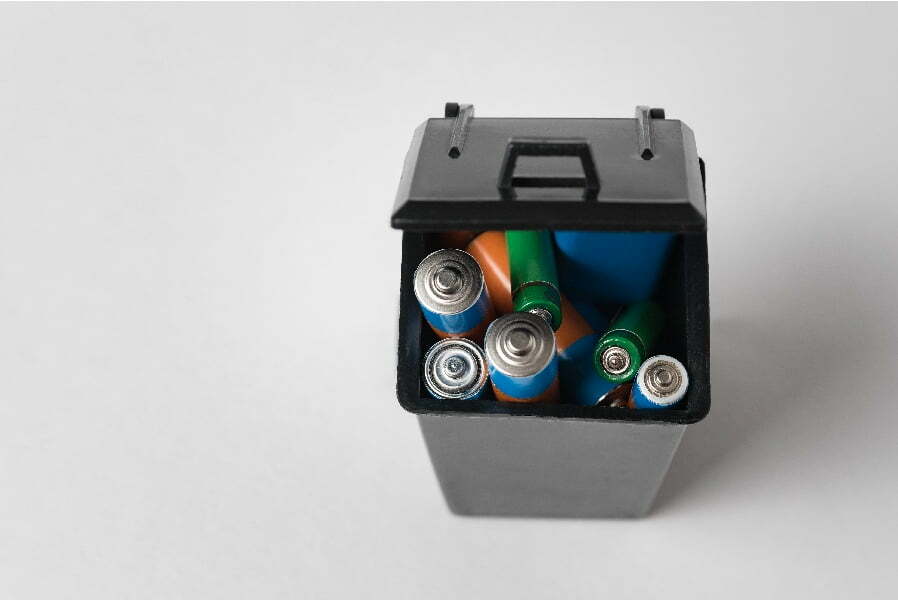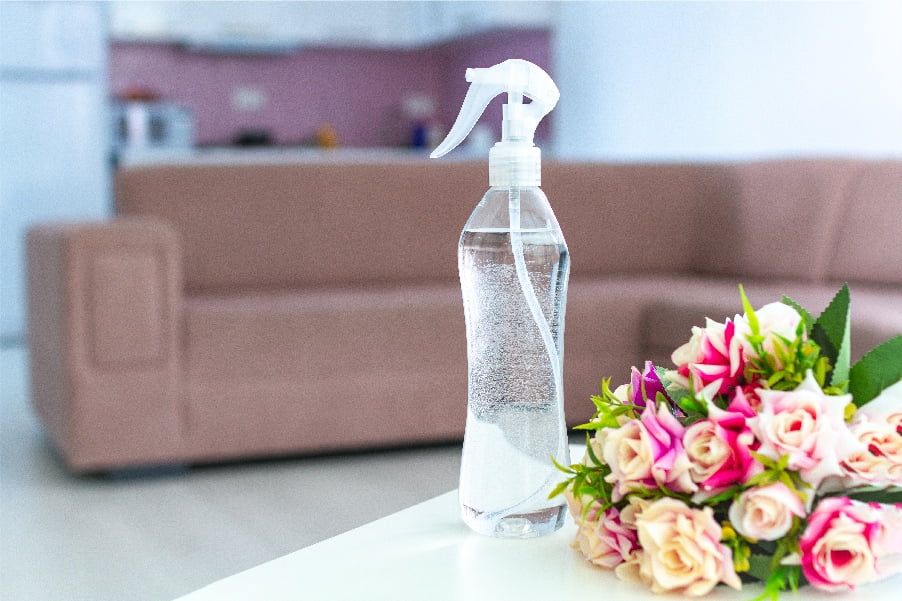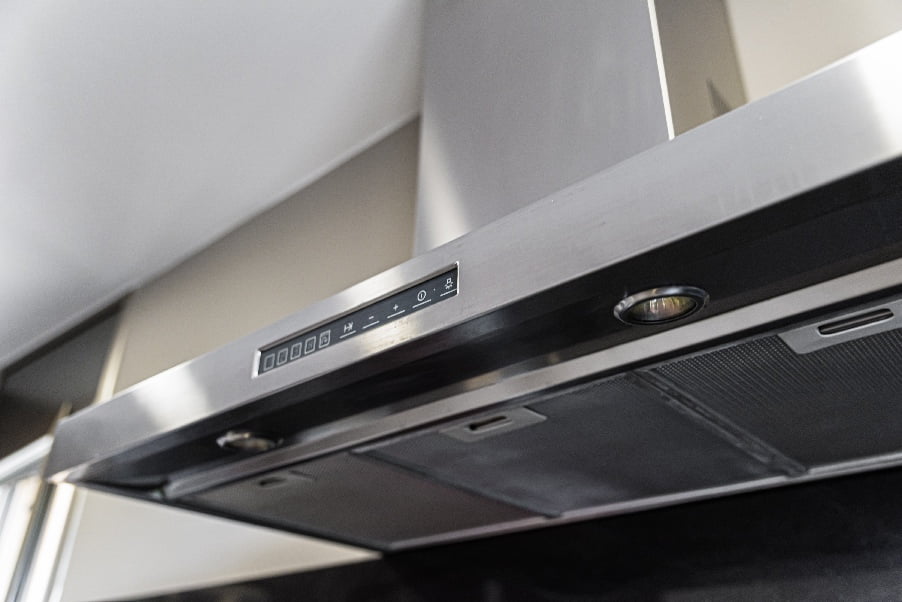To test the air quality in your home, you can purchase an air quality monitor and use it to measure the levels of particulate matter, carbon dioxide, carbon monoxide, and other pollutants.
You can also contact a local environmental testing company for more comprehensive testing.
Air quality in your home is important for your health and well-being. Unfortunately, many people don’t know how to test the air quality in their homes.
In this blog post, we’ll discuss the different methods you can use to test the air quality in your home so that you can make sure it’s safe and healthy for you and your family.
Purchase an Air Quality Monitor

An air quality monitor measures the levels of pollutants such as dust, pollen, mold spores, and other airborne particles that can affect your health. It also measures temperature and humidity levels which can help you determine if there are any potential problems with indoor air quality.
The device will provide you with real-time data so you can make informed decisions about improving the air in your home. Air quality monitors come in various sizes and price ranges depending on the features you need or want.
They are easy to set up and use, making them an excellent option for anyone looking to test their home’s air quality quickly and accurately.
Check for Mold and Mildew
Mold and mildew can cause health problems such as allergies, asthma, and other respiratory issues. To check for mold and mildew in your home, look for visible signs of growth on walls or ceilings.
You should also be aware of any musty odors that may indicate the presence of mold or mildew. If you suspect a mold or mildew problem in your home, it is best to contact a professional who can test the air quality more thoroughly.
Change Air Filters Regularly
Air filters help to remove dust, dirt, and other particles from the air that can cause allergies or respiratory problems. By changing your air filter regularly, you can ensure that the air in your home is clean and free of pollutants.
This will help improve the air quality in your home and reduce any health risks associated with poor indoor air quality. Changing your filter every three months or as needed is recommended depending on how often it gets clogged with debris.
Clean Carpets and Furniture Regularly
Vacuuming, dusting, and spot cleaning can help to reduce the amount of dust, dirt, pollen, pet dander, and other allergens that can accumulate in these areas. Regularly cleaning carpets and furniture also helps to remove any mold or mildew that may be present.
This will help improve the air quality in your home by reducing the number of airborne particles that could cause health problems for you or your family members. Regular cleaning will keep these items looking their best while helping to maintain a healthy indoor environment.
Open Windows to Allow Fresh Air in
By opening a window, you can introduce fresh outdoor air without exposure to indoor pollutants such as dust, pet dander, or smoke. This will help dilute any indoor pollutants that may be present and improve the overall air quality of your home.
It is important to open windows on opposite sides of the house so that cross-ventilation helps circulate the fresh outdoor air throughout your home.
Use Natural Cleaning Products Instead of Chemical-based Ones
Natural cleaning products are made from plant-based ingredients, such as essential oils and baking soda, which are much safer for the environment and your health than chemical-based cleaners. These natural cleaners can help reduce airborne pollutants that can cause respiratory problems or other health issues.
They don’t contain harsh chemicals that can irritate the skin or eyes. By using natural cleaning products instead of chemical-based ones, you can help improve the air quality in your home and make it a healthier place to live.




